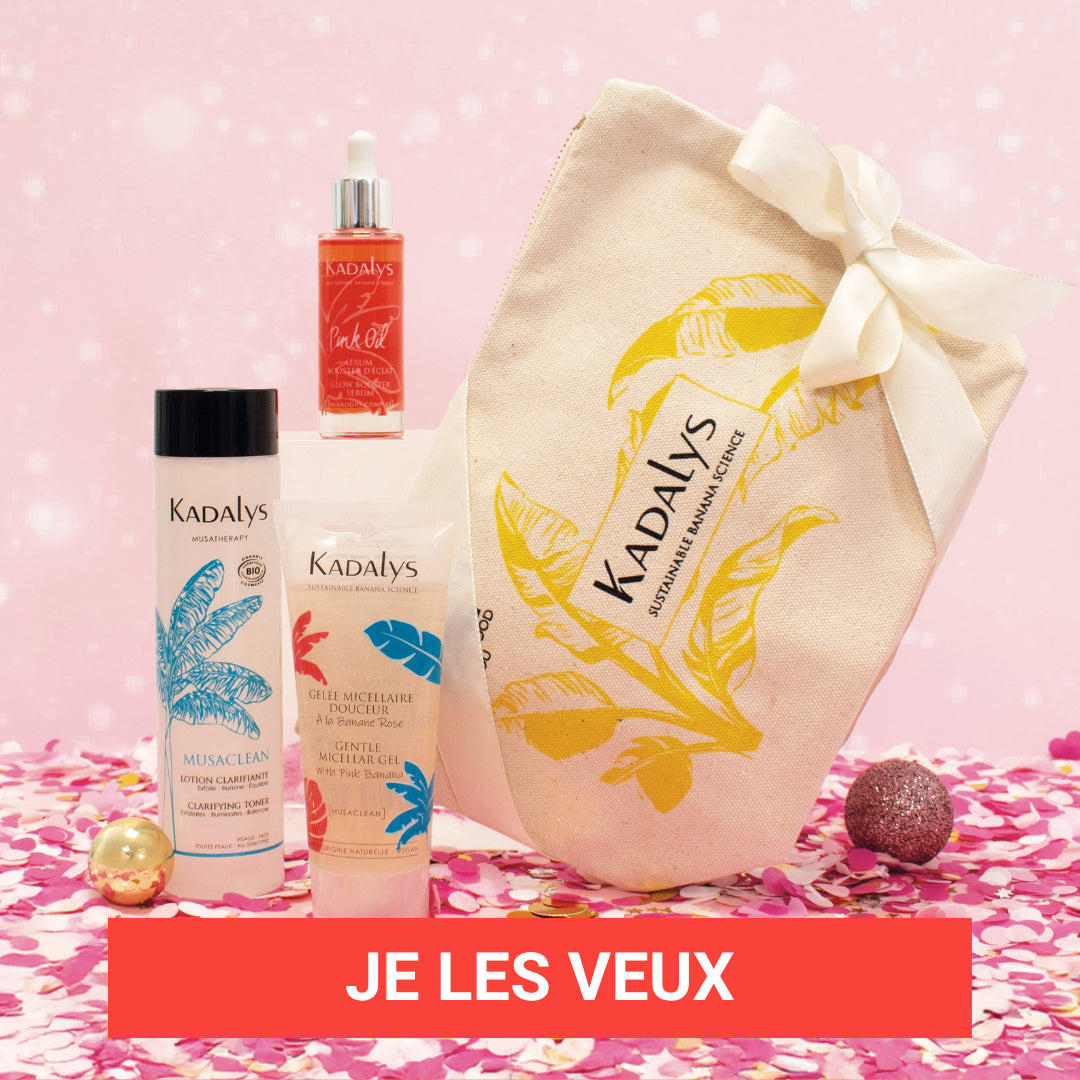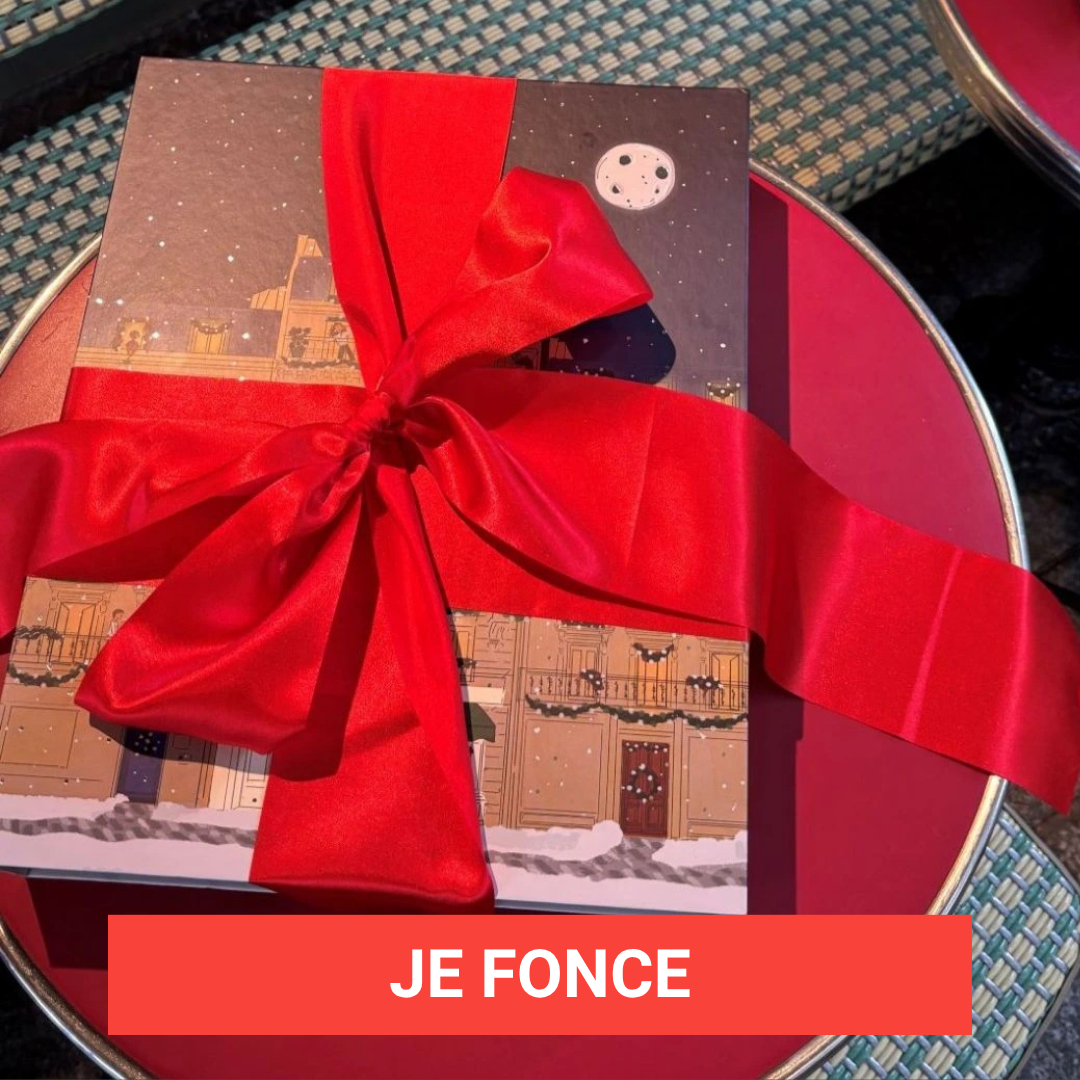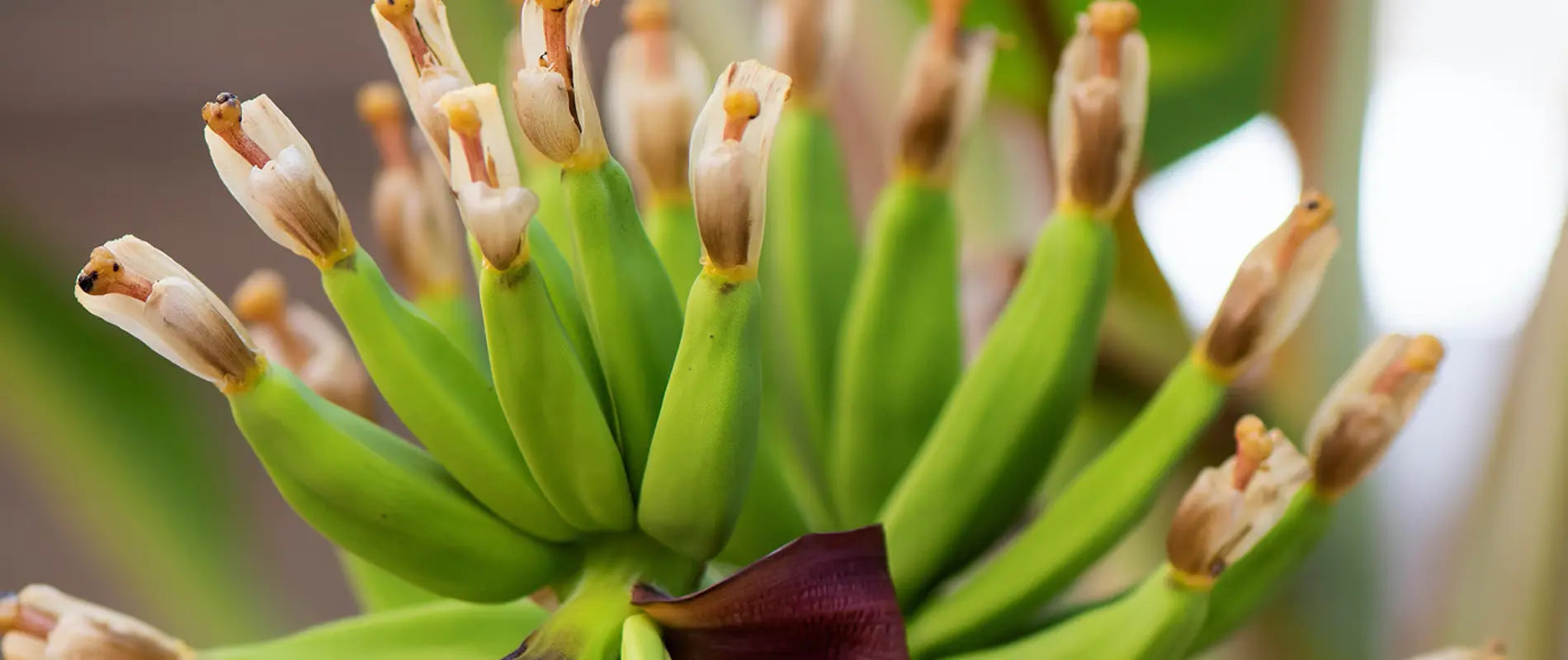
Wonderful Banana Tree
A symbol of generosity, abundance and freedom, the banana tree is a reflection of our commitment.
Shirley Billot - CEO Kadalys
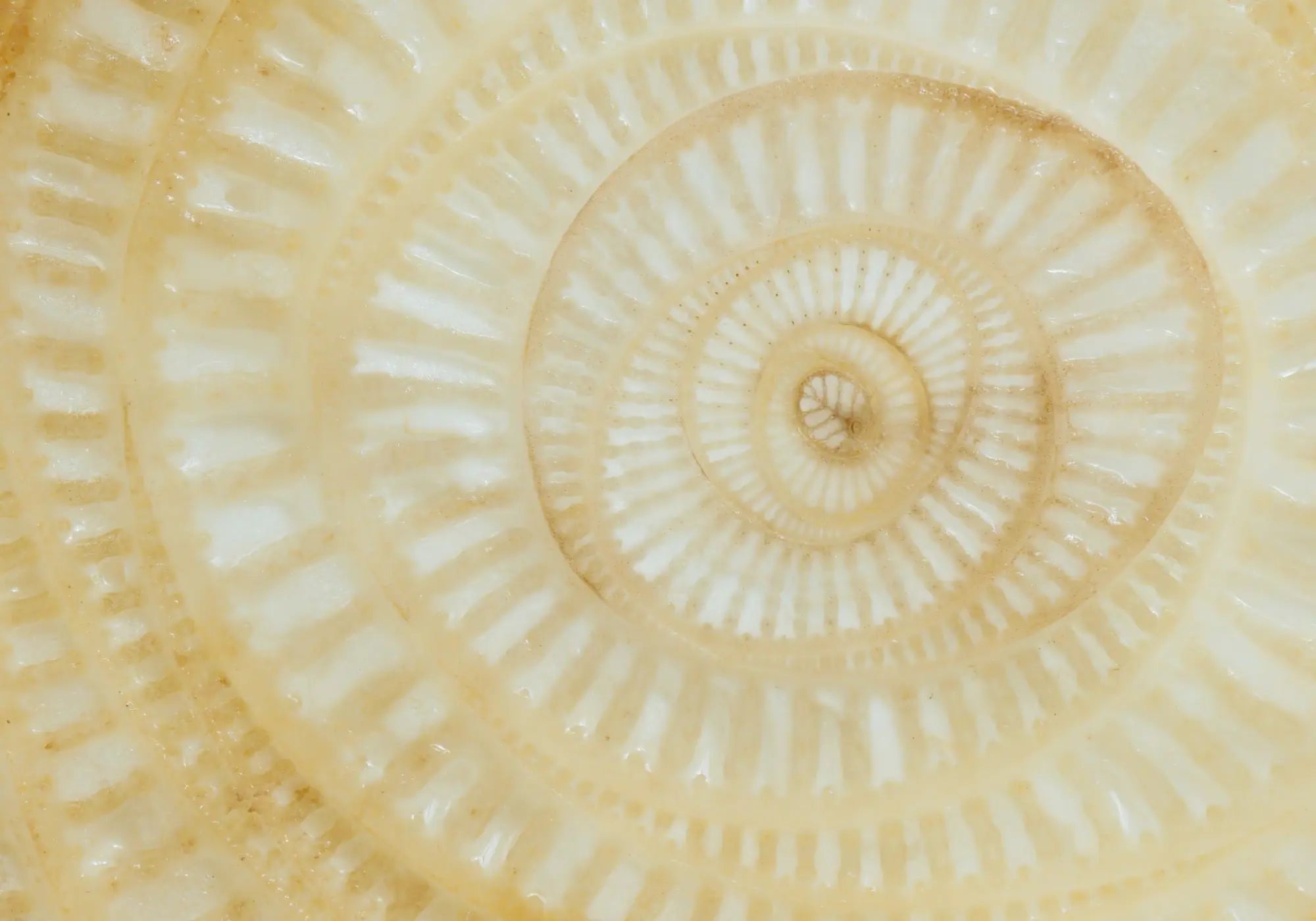
The banana tree, central plant of the Creole garden, is a generous and caring herb.Its large leaves provide shade to neighboring species and encourage their growth. All parts of the banana tree have a phytotherapeutic function and utility.
Did you know?
The banana plant is not a tree, but a giant herb that can reach heights of up to 15 meters! The leaves spiral around each other, creating a "pseudostem" that resembles a tree trunk but does not contain any wood.
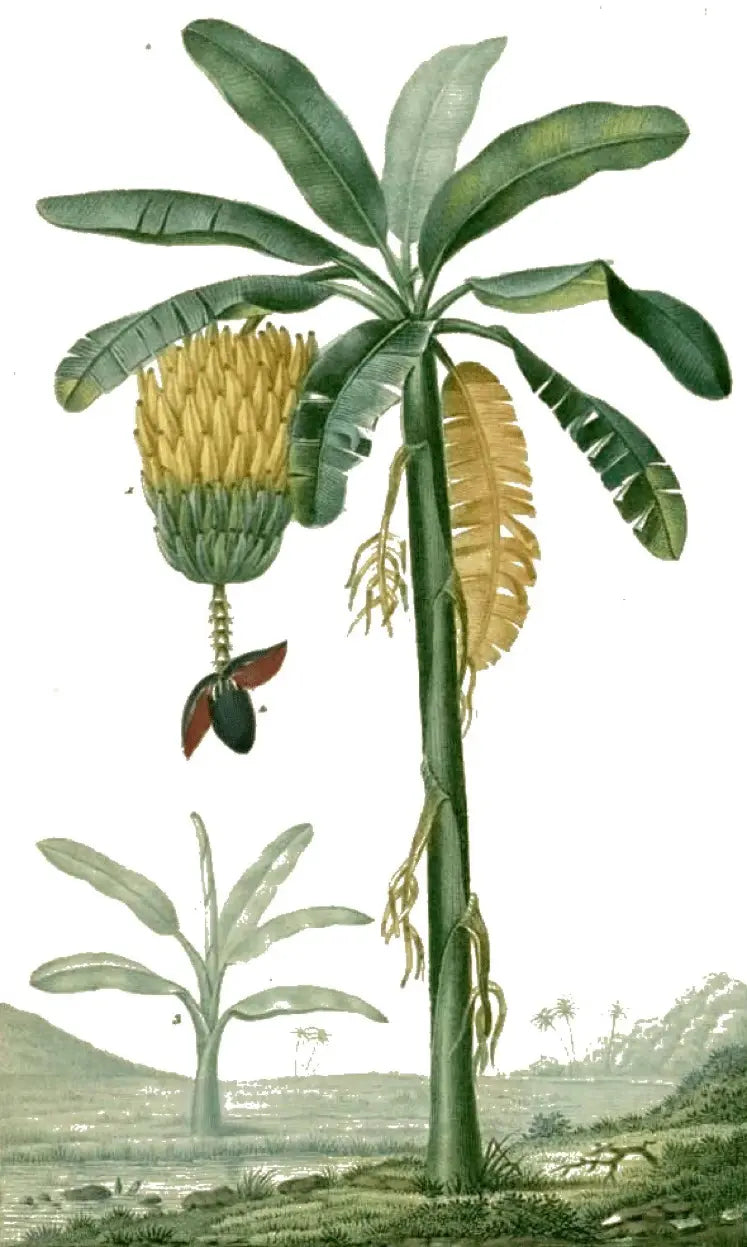
A Sacred Plant
For thousands of years, the Banana Tree, or kadali in Sanskrit, has accompanied human life and nourished the imagination. In Hindu culture, it symbolizes beauty, femininity, and prosperity. It is revered as the reincarnation of the goddesses Parvati, representing the loving wife, and Lakshmi, the goddess of beauty. Additionally, it is one of the sacred species used in rituals, serving as a plant that facilitates communication with the supernatural and the invisible realm. The banana is an offering plant, symbolizing both abundance and fertility. In India, women wishing to conceive a male child worship the banana tree during the month of Kārtika.

A singular history in Martinique
The banana plant dates back to the Tertiary period and is native to South Asia, accompanying human life for millennia. Throughout its journeys and due to human intervention, it gradually lost its seeds.
The earliest archaeological evidence of banana cultivation dates back to Malaysia around 3000 BCE. In 1502, the Portuguese brought the first banana plants from the Canary Islands to the Caribbean. This plant has been part of life in Martinique for over 300 years, where the royal decree of September 7, 1736, mandated slaveholders to plant 25 banana trees for each enslaved person. Enslaved individuals in Martinique were allowed to cultivate bananas on plots of land, with the freedom to grow up to 50 trees.
By the early 20th century, banana cultivation flourished in Guadeloupe and Martinique. After a cyclone devastated coffee and cacao crops, bananas emerged as a much faster-growing alternative, providing an opportunity for farmers in the islands. Following the sugar cane crisis in the 1960s, which led to the closure of many distilleries, bananas quickly became the primary agricultural wealth of the islands.

A sustainable crop
The banana plant dates back to the Tertiary period and is native to South Asia.
Bananas are a sustainable crop because they have no seasonality and can be cultivated year-round.
While the land is allowed to rest, healthy plants grown from tissue culture are cultivated in greenhouses and then planted in open fields. It takes about 9 to 12 months from planting the banana tree to harvesting its bunch, which typically weighs between 30 to 50 kg. The flower appears around the 6th to 7th month.
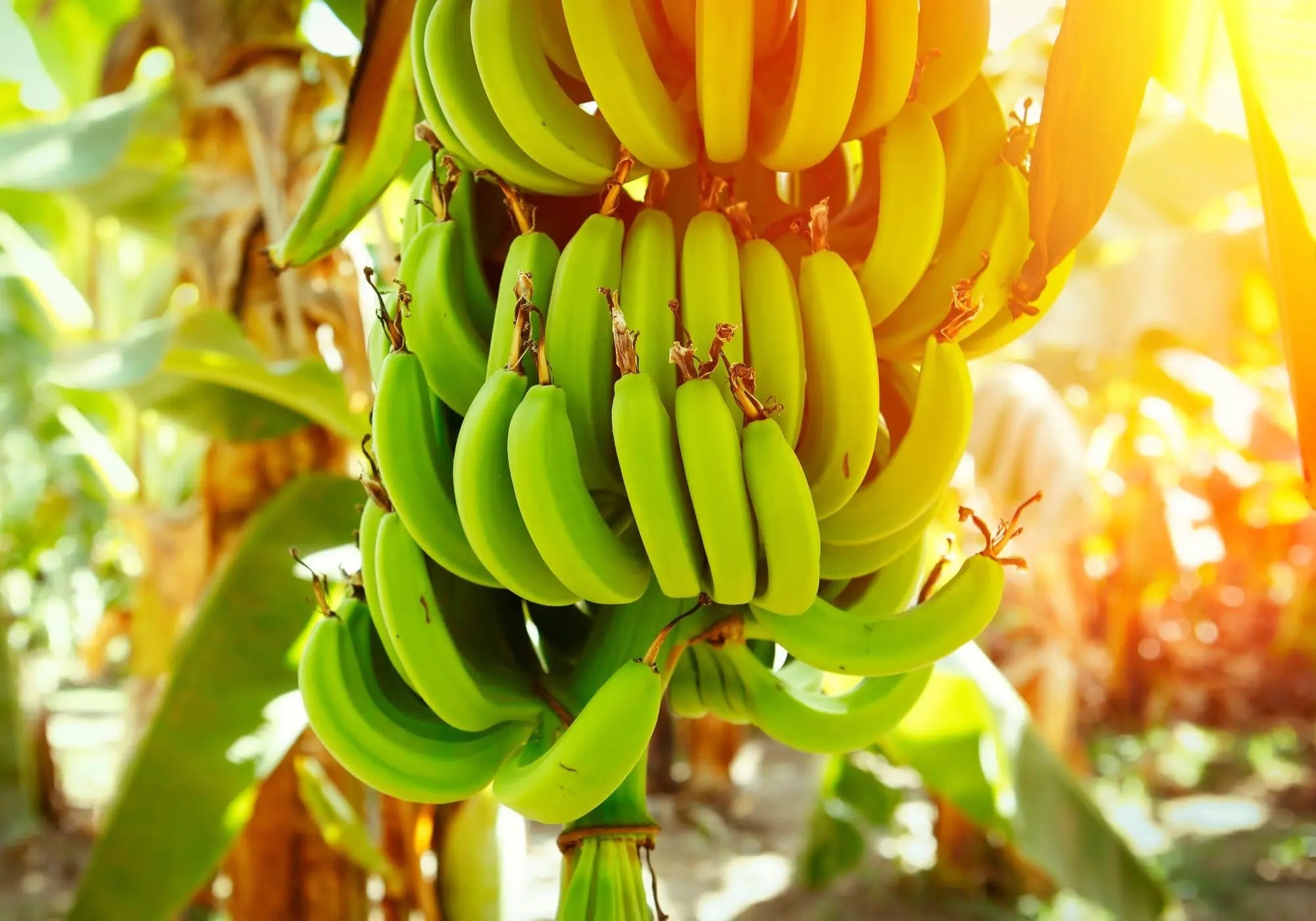
Nicknamed the "plant with a thousand uses," this giant and nurturing herb holds a unique place in the traditional medicine of the French Caribbean.
Leaves: When applied directly to wounds, banana leaves have antibiotic and healing properties. When decocted with sugar, they are used to treat colds, flu, cough, hypertension, and liver crises. Heated leaves are applied to relieve rheumatism.
Latex (Sap): Extracted by pressure from either the leaf buds or the male flower, the sap (or latex) is used locally on superficial wounds. It stops bleeding and promotes healing.
Flowers: When decocted, banana flowers enhance lactation and regulate women's menstrual cycles. They also help combat anemia by increasing hemoglobin levels in the blood.
Roots: Used as a vermifuge in herbal tea, banana roots have strong antifungal activity. When bent, they are applied locally to abscesses and lymphadenitis; when decocted, they are effective against coughs.
Green Banana: In powder form, it is an excellent source of probiotics and helps restore the stomach lining.
Ripe Banana: In paste form, it is applied locally to treat acne, bruises, and oily skin. When decocted, it is recommended for bronchitis, cough, and tracheitis.
Yellow Banana: Rich in mucilage, it promotes healing.
Pink Banana: Provides an energizing effect when one is unwell.

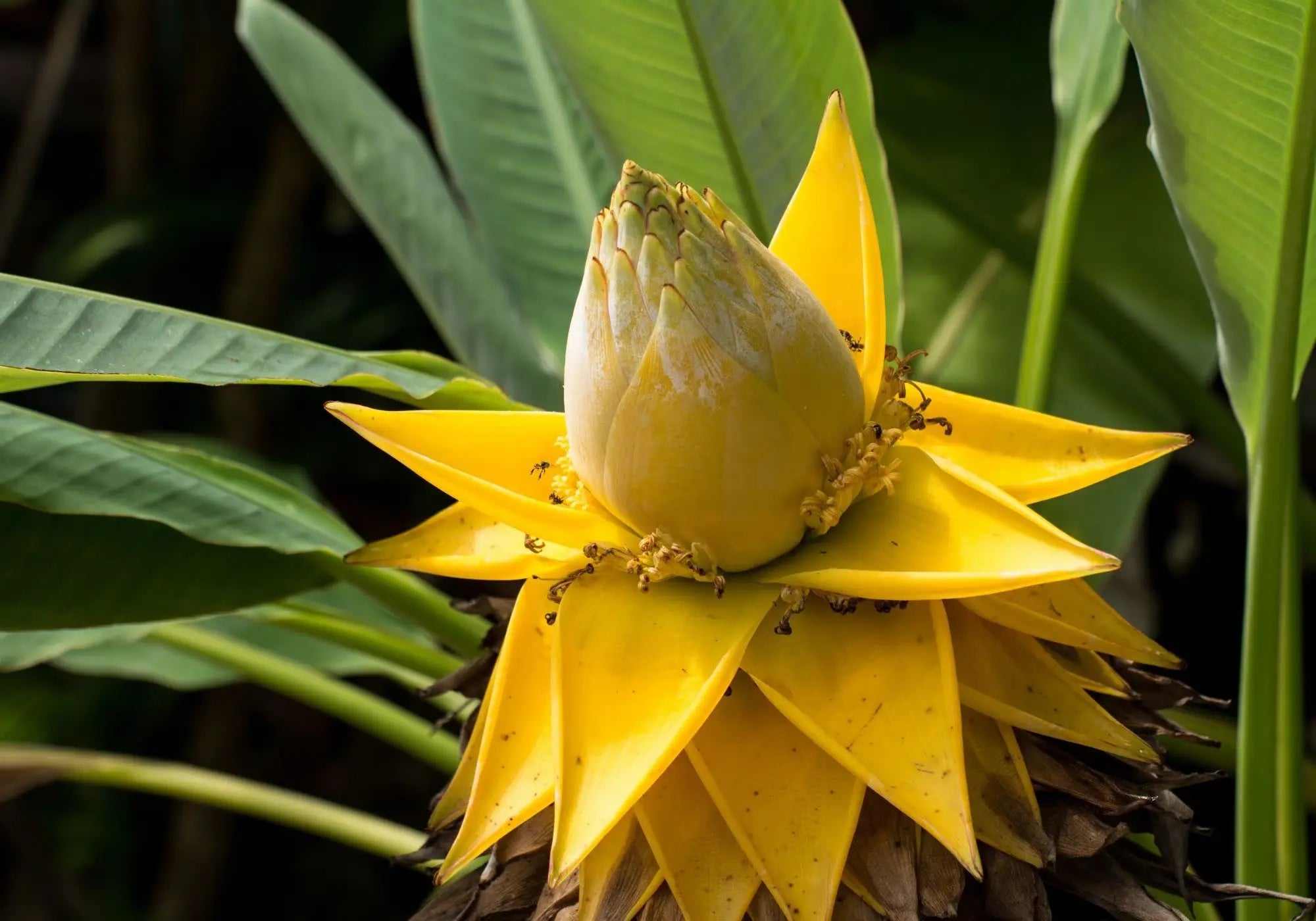
The Banana Plant Around the World
The banana plant thrives in warm, humid regions and is composed mainly of water (80%). There are approximately a thousand species of banana plants, with only two types of bananas: sweet bananas (or dessert bananas) and cooking bananas.
Different types of banana plants can produce a variety of fruits, including pink bananas and even hairy bananas. Banana plants grow in India, Bangladesh, Japan, Southeast Asia, northern Australia, Africa, Central and South America, and the Caribbean (Martinique, Guadeloupe, etc.).
In China, there is a very rare banana plant known as the "Lotus Banana," which produces a large, unique golden-yellow flower that can bloom for up to nine months of the year. Buddhists have chosen it as a sacred flower, naming it the Golden Lotus for its striking resemblance to the lotus flower and its golden color.The Banana Plant Around the World


